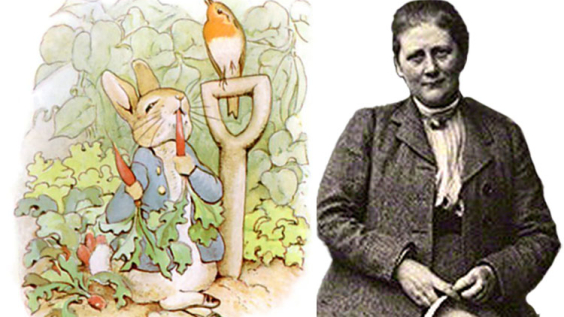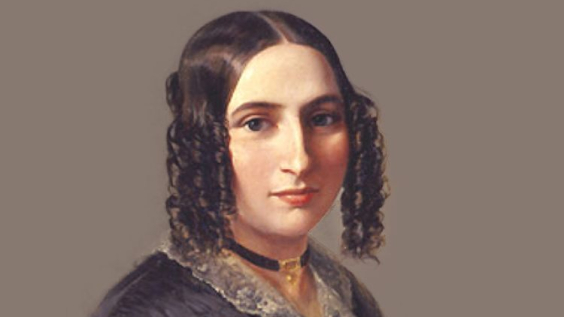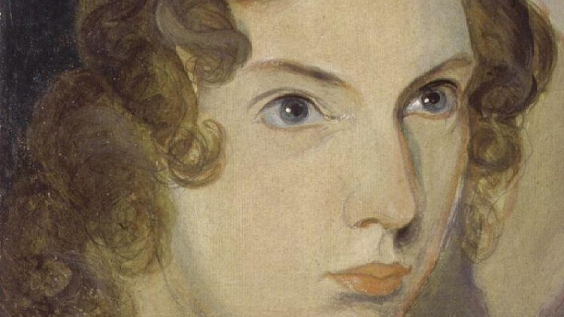
It’s a frightening scene worthy of a horror movie: a woman beheads a man in his sleep, as hot, glistening blood spurts out profusely and runs down the glistening white sheets.
The painting ‘Judith Beheading Holofernes‘ is taken from the Biblical passage of Judith and Holofernes, a popular subject in art in the Renaissance and Baroque periods, and often perceived as a female version of David and Goliath.
A gruesome tale
Judith was a widow from the Jewish city of Bethulia. When Holofernes, the general of the Assyrian army, besieged her city, Judith took matters into her own hands. She entered the enemy camp pretending she was delivering Holofernes information that would ensure his victory.
“Holofernes was so enchanted with her”, accounts recalled, “that he drank far more wine than he had drunk on any other day in his life”. It was then that Holofernes collapsed into a drunken stupor, and Judith seized the moment. She prayed the following words:
“Lord God, to whom all strength belongs, prosper what my hands are now to do for the greater glory of Jerusalem; for now is the time to recover your heritage and to further my plans to crush the enemies arrayed against us.”

‘Judith slaying Holofernes’ by Artemisia Gentileschi, 1614–18
Image Credit: Artemisia Gentileschi, Public domain, via Wikimedia Commons
With this prayer on her lips, and a sword in her hand, Judith severed the enormous head of Holofernes from his warrior’s body, and saved her people from destruction. It is this moment which Artemisia Gentileschi captured forever in oil paint on canvas.
A remarkable woman
The image is even more arresting when we examine the remarkable story behind its creation. It was painted by a 20-year-old female artist, Artemisia Gentileschi, who painted it twice: first around 1612, then again around 1620. The dramatic style and theatrical lighting were similar to another artist in Rome at the time, Caravaggio, who had also painted this scene with similar grotesque detail.
Artemisia no doubt felt some personal affinity for this tale of female vengeance. Born in Rome in the late 16th century, her mother had died when she was 12 and Artemisia was near-illiterate until adulthood. As a woman who chose to be an artist in an era dominated by men, Artemisia would have faced prejudice daily, and must have been equipped with a determined spirit. Indeed, even for this work, she struggled to be paid. It was only with the help of her friend Galileo Galilei that the payment agreed by Grand Duke Cosimo II de’ Medici finally came through.
Driven by revenge?
Art historians have also argued that Artemisia may have identified with Judith in a way her male counterparts did not, possibly because of personal trauma. Artemisia was raped at the age of 17 by the artist Agostino Tassi, a close friend of her father. The case was taken to court, in a scandalous trial in which Artemisia stuck to her testimony while being tortured with thumbscrews. As the restraints tightened, she is recorded as saying:
“I have told the truth and I always will, because it is true and I am here to confirm it wherever necessary.”
Then, turning to Tassi, who had falsely promised her marriage, Artemisia added:
“This is the ring that you give me and these are your promises”.
She described the efforts to defend herself, stating:
“After he had done his business he got off me. When I saw myself free, I went to the table drawer and took a knife and moved toward Agostino, saying, ‘I’d like to kill you with this knife because you have dishonored me.”

‘Self-Portrait as the Allegory of Painting’, 1638–39
Image Credit: Public Domain, via Wikimedia Commons
So, it’s likely Artemisia was visually referencing her personal experiences when painting her rendition of Judith and Holofernes – and perhaps accounts for the revulsion and stoical seriousness of purpose upon Judith’s face.
In spite of this, Artemisia’s immense talent was recognised in her lifetime. She painted subjects that were traditionally the preserve of male artists and transformed them from meek maidservants into courageous conspirators: from victims into survivors. She worked in the courts of Rome, Florence and Naples, she travelled to England at the request of King Charles I and became the first woman to enter the Academy of Art and Design in Florence.















